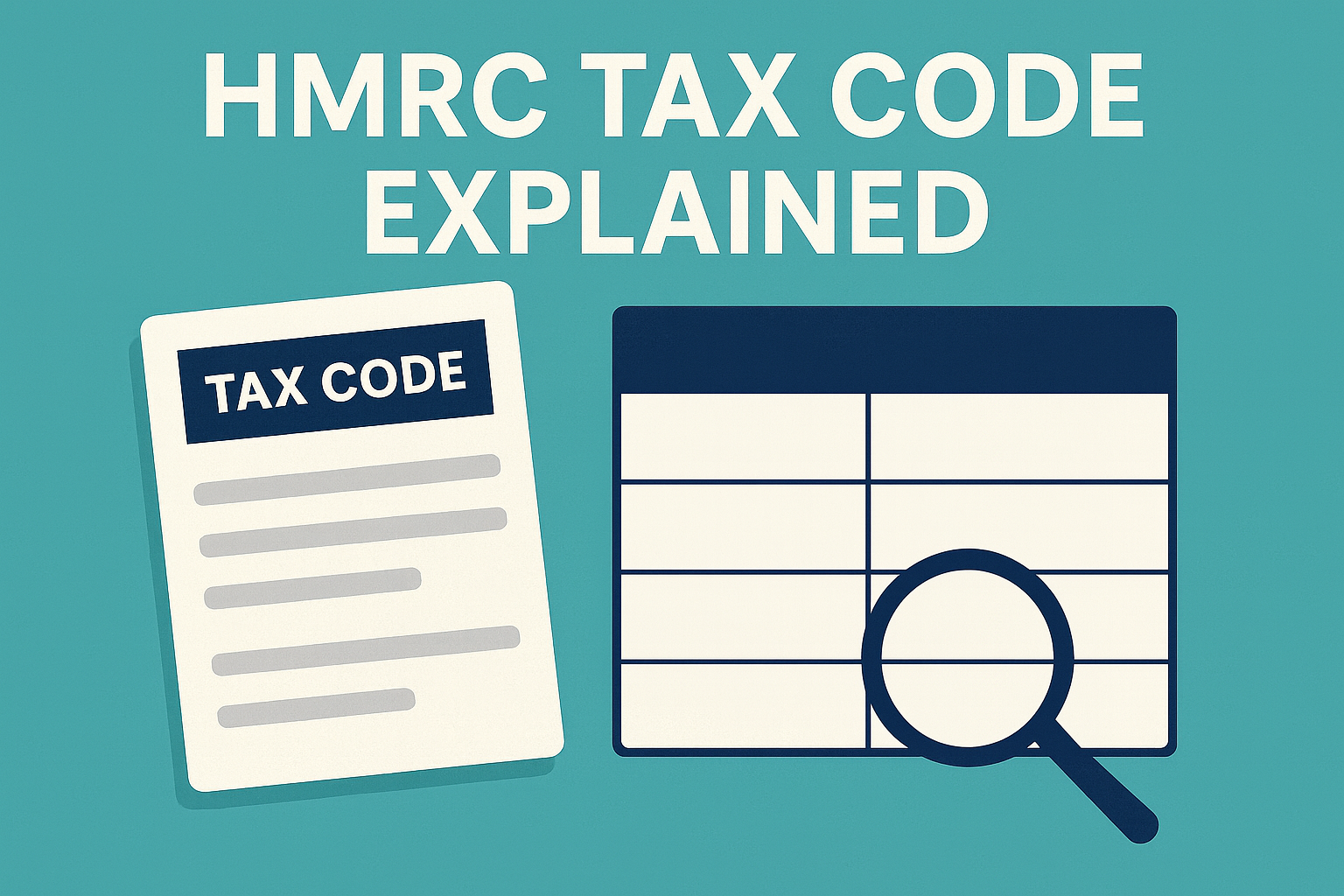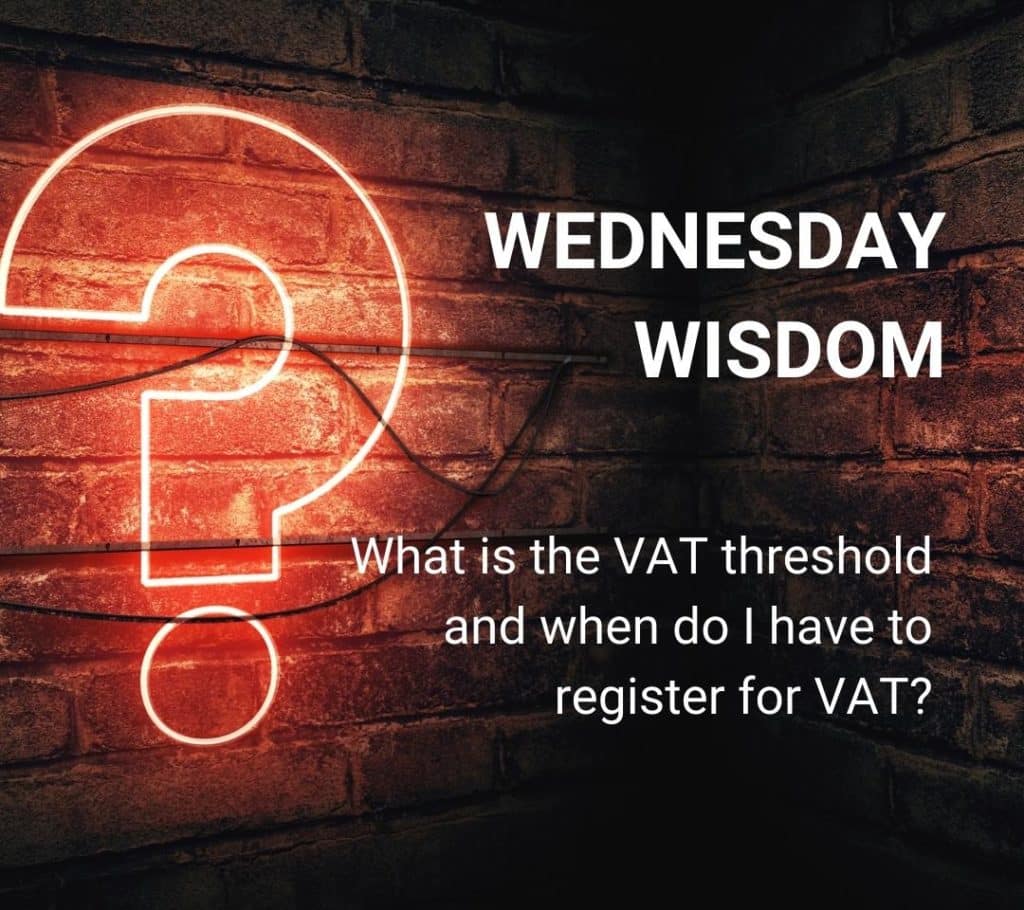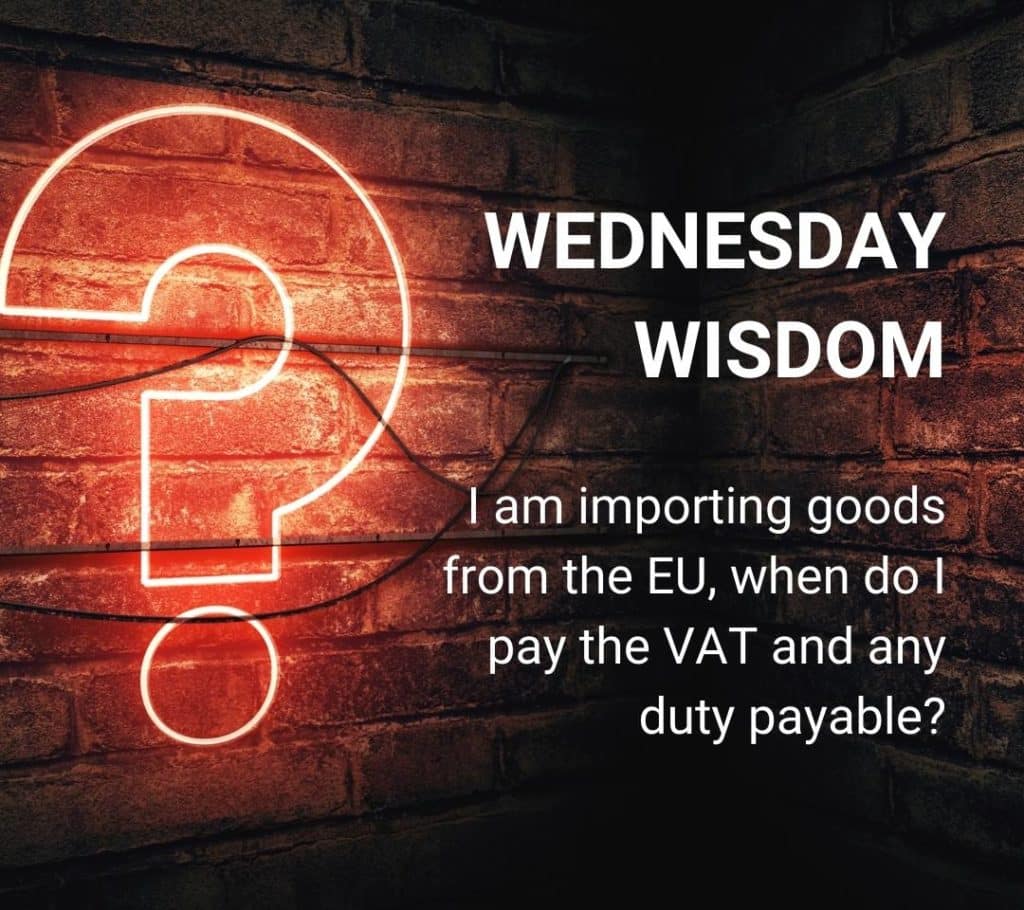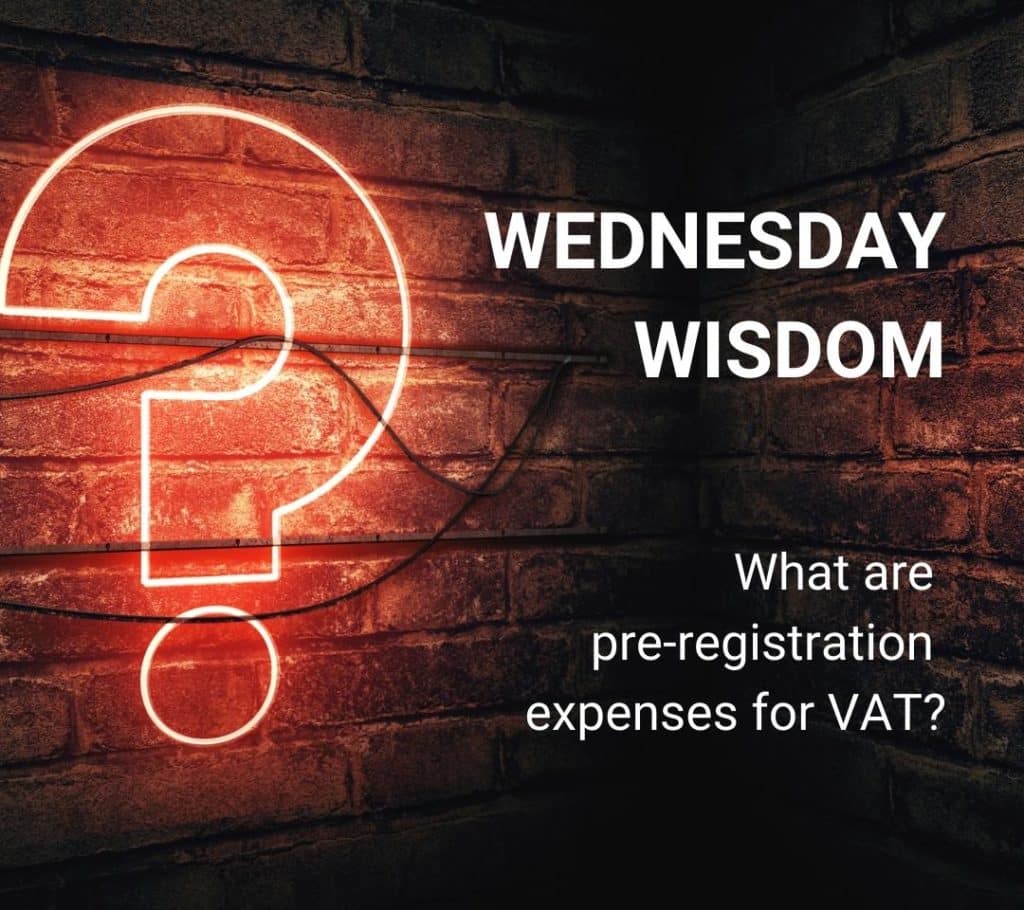Your HMRC tax code tells your employer or pension provider how much income tax to deduct from your pay. If the UK tax code is wrong, you could end up paying too much or too little. The good news is you can check it easily online with your personal tax account on gov.uk.
This guide walks you through what a tax code means:
Key Takeaways
- Your HMRC tax code tells your employer or pension provider how much income tax to deduct from your pay.
- A tax code is made up of numbers and letters that show how much tax-free income you can earn and what allowances or rates apply.
- Your tax code can change if you start a new job, receive benefits, or begin a pension.
- You can check your tax code on payslips, P60/P45 forms, or your personal tax account on gov.uk.
- If your tax code is wrong, you may overpay or underpay tax. Contact HMRC online or by phone to correct it.
Table of contents
1. What a tax code means in the UK
A tax code is a set of letters and numbers used by HM Revenue and Customs to show how much tax-free income you’re entitled to in a tax year. Your employer or pension provider uses this code to work out how much income tax to deduct from your salary or pension.
For example: if your tax code is 1257L, the number (1257) means you can earn £12,570 tax-free in the current year, and the letter (L) shows you get the standard personal allowance. Different letters and numbers in a tax code reflect your circumstances:
- multiple jobs
- company car benefits
- or pension income.
Tax code letters and numbers
Tax codes are usually a combination of numbers and letters. Numbers show your tax-free personal allowance, while the letters state your allowances, rates and other calculations.
| Letter | Meaning | Explanation |
|---|---|---|
| L | Standard allowance | You are entitled to the basic personal allowance. Most people have this. |
| M | Marriage allowance (receiver) | You’ve received a transfer of 10% of your partner’s allowance. |
| N | Marriage allowance (giver) | You’ve transferred 10% of your allowance to your partner. |
| T | Other calculation | HMRC needs to review your situation, e.g. income over £100,000. |
| BR | Basic rate (20%) | All income is taxed at basic rate, no allowance applied (common with second jobs/pensions). |
| D0 | Higher rate (40%) | All income taxed at 40%. |
| D1 | Additional rate (45%) | All income taxed at 45%. |
| K | Negative allowance | Your deductions (like company benefits, underpaid tax) are greater than your allowance. The number shows how much is added to taxable income. |
| 0T | No allowance | You’ve used up your allowance, or no allowance is available. |
| NT | No tax | No income tax is to be taken from this source. |
| W1 / M1 | Week 1 / Month 1 | An “emergency tax code” – tax is calculated on your pay for that period only, not the whole year. |
You can check the full list of tax code letters on HMRC.
Common reasons your tax code changes
Your HMRC tax code can change for numerous reasons:
- You’ve started a new job or added a second job.
- You receive benefits from your employer (like a company car).
- You’ve begun drawing a pension.
- HMRC updates allowances and thresholds each April.
- An emergency tax code is used because HMRC doesn’t yet have your full details.
2. How to check your income tax code
You can find your current tax code in several places.
The most common are:
- Your payslip from your employer
- Your P60 or P45
- The PAYE coding notice letter sent by HM Revenue and Customs
The easiest way to check is online using your personal tax account on gov.uk. This account acts as a tax code checker, and it shows:
- Your current tax code
- How HMRC has worked it out
- Any adjustments for benefits, pensions, or previous overpayments
3. What to do with a wrong tax code
If your tax code is wrong, your employer or pension provider will deduct the wrong amount of income tax. This could mean you overpay and need a refund, or underpay and end up owing HMRC.
If you spot a problem:
- Check your payslip or personal tax account to confirm the code being used.
- Compare it with your situation – do you have more than one job, or a new company car benefit that isn’t included?
- Contact HM Revenue and Customs through your personal tax account or by phone to get it corrected.
Remember: HMRC never sends tax code changes by email. If you get one, it’s an HMRC phishing email scam. Always check directly on gov.uk or through your secure account.
4. How to update your tax code online
You can update your tax code yourself through your personal tax account. That’s the fastest way to make sure HM Revenue and Customs has the right details.
Here’s the official video guidance from HMRC:
Follow these steps:
- Log in to your personal tax account on gov.uk using your Government Gateway ID.
- Go to the section for “PAYE – Income Tax” and select “Check your Income Tax.”
- Review your current tax code and the information HMRC is using.
- If anything is missing or wrong (salary, pension, or company car details), update them directly.
- Submit the changes and HMRC will issue a new tax code to your employer or pension provider.
You should see the updated code on your next payslip. If not, call HMRC to check progress.
5. HMRC contact numbers for tax code help
If you can’t update your tax code online, you can call HM Revenue and Customs directly. Use the PAYE helpline for employees and pensioners:
- HMRC PAYE helpline: 0300 200 3300
- Textphone (for hearing impaired): 0300 200 3319
- Outside the UK: +44 135 535 9022
Lines are usually open Monday to Friday, 8am to 6pm. They’re closed on weekends and bank holidays.
Best times to call are early morning or later in the afternoon when lines are less busy. Have your National Insurance number, payslip, or P60 ready, as HMRC will need these details to check your account.
6. What is emergency tax code?
An emergency tax code is a temporary code HMRC uses when they don’t have full details about your income. It often happens when you start a new job and your employer hasn’t received your P45.
You’ll usually pay too much tax until HMRC updates your code. Once your details are confirmed, the correct tax code replaces the emergency one automatically.
7. Review tax codes with WallsMan Creative
Tax codes can feel simple, but they can get messy if you have more than one job, freelance income, or extra benefits like a company car. That’s when mistakes happen, and you could end up paying the wrong amount of income tax.
At WallsMan Creative, we help UK creatives keep their accounts accurate and their tax codes up to date. We can review your personal tax account and make sure HMRC has the right information.
A quick review now can save you a tax headache later.




